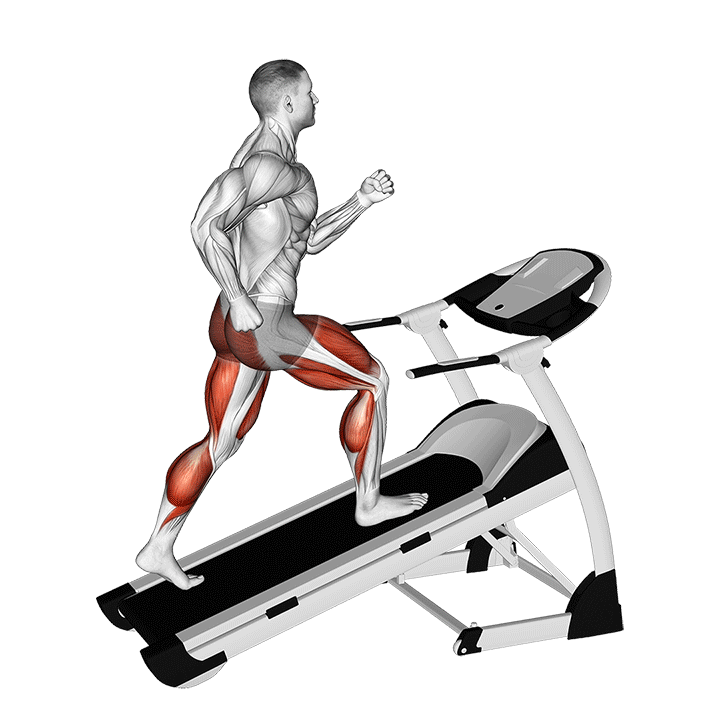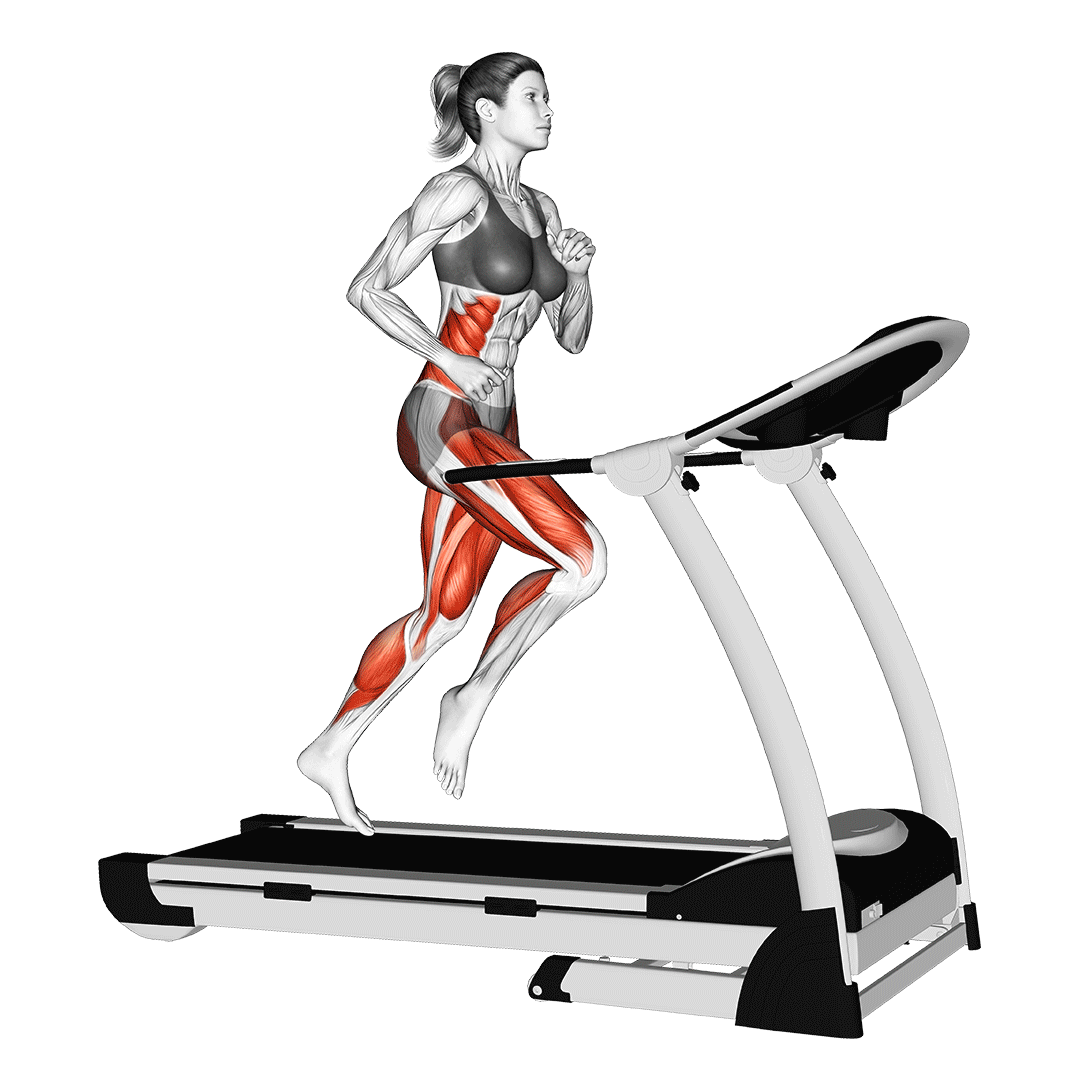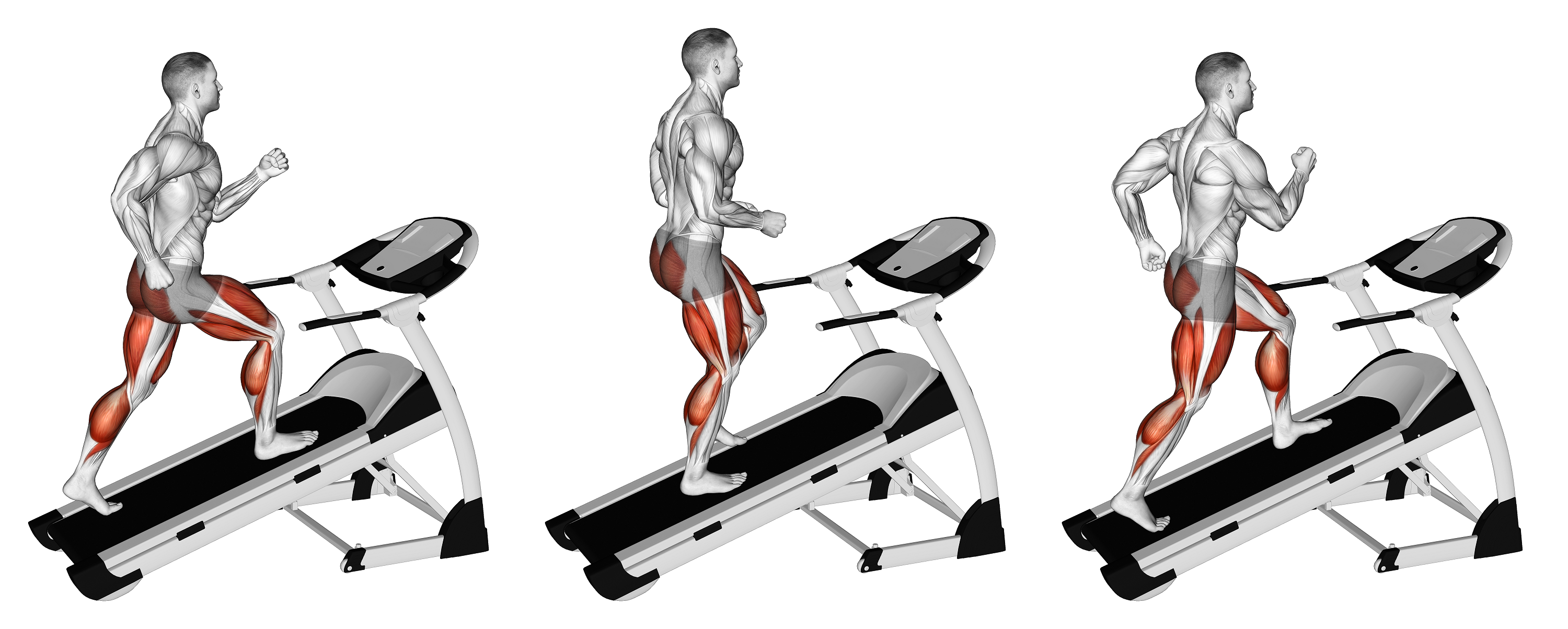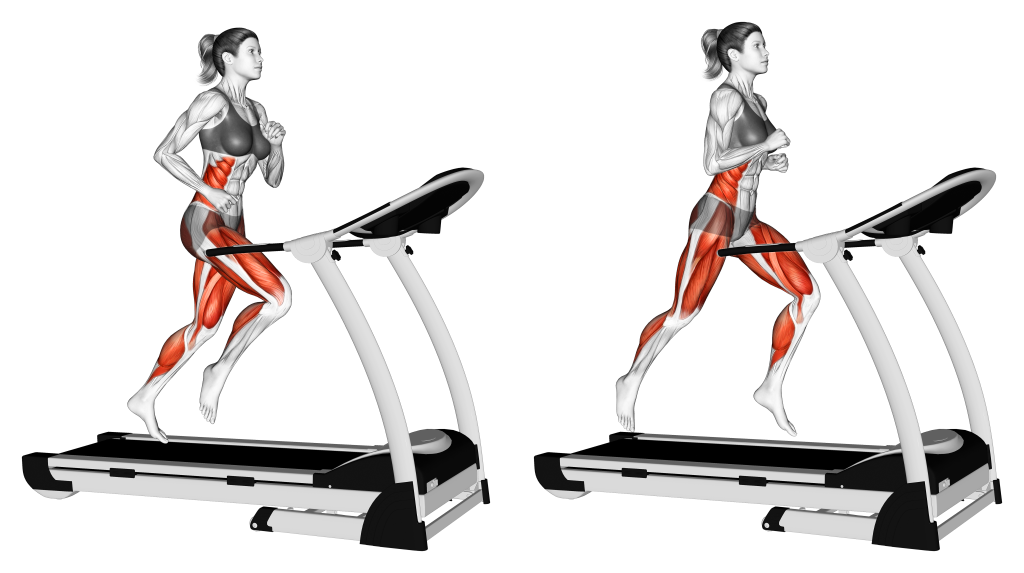Incline Walking vs Running: Is there a Difference?
Both incline walking and running are popular forms of exercise that can help an individual achieve a range of health and fitness benefits. While both forms of exercise can improve cardiovascular health, boost endurance, and aid in weight loss, they differ in terms of intensity and impact on the body.
Ultimately, the choice between incline walking and running depends on personal preferences, fitness goals, and physical limitations. Whether an individual chooses to incorporate incline walking, running, or a combination of both into the exercise routine, it is important to listen to the body, start slowly, and gradually increase intensity over time to avoid injury and maximize the benefits of the workout.
Incline Walking vs Running: What is the Difference?
Incline walking
Incline walking is a form of exercise that involves walking on an inclined surface, such as a treadmill with an incline setting or a hill. This type of exercise can provide a low-impact cardiovascular workout that can improve endurance, strengthen muscles, and burn calories.

Incline walking is particularly beneficial for individuals who may have joint pain or injuries, as it places less stress on the joints compared to running or other high-impact exercises. It can also provide a more gradual increase in intensity, making it a suitable option for beginners or individuals who are looking to improve their fitness level gradually.
Incline walking can be customized to suit individual preferences and fitness goals by adjusting the incline and speed. It can be done indoors or outdoors, making it a versatile exercise that can be done year-round.
Running
Running is a form of exercise that involves moving at a faster pace than walking or jogging. It can be done on a flat surface, such as a track or road, or on an incline, such as a hill or treadmill. Running provides a high-impact cardiovascular workout that can improve endurance, strengthen muscles, and burn calories.

It releases endorphins, which can improve mood and reduce stress levels. Running can also be customized to suit individual preferences and fitness goals by adjusting speed, distance, and terrain. It can be also be done alone or with others, making it a social activity as well.
Running is a popular form of exercise due to its convenience, accessibility, and the variety of benefits it provides. However, because it is a high-impact exercise, it can place stress on the joints and should be approached gradually to avoid injury.
Benefits of Incline Walking

Low-Impact Exercise
Incline walking is a low-impact exercise that puts less stress on the joints compared to running. This makes it an ideal option for individuals with joint pain or injuries. The incline provides a challenge for the muscles without causing the impact that running can.
Improved Cardiovascular Health
Inclined walking is an effective cardiovascular workout that can help improve heart health, lower blood pressure, and reduce the risk of chronic diseases such as diabetes and heart disease. Walking on an incline increases the intensity of the workout, which can lead to a greater cardiovascular benefit.
Increased Calorie Burn
Walking on an incline can increase the number of calories burned compared to walking on a flat surface. This makes it a great option for weight loss and weight management. Walking on an incline also leads to a higher rate of energy expenditure, which can help burn fat more effectively.
Strengthened Muscles
Inclined walking can help strengthen the leg muscles, glutes, and core muscles, improving overall fitness and posture. The incline works the muscles in a different way compared to walking on a flat surface, which can lead to greater strength gains.
Versatile Exercise
Incline walking can be done indoors or outdoors and can be customized to suit individual fitness levels and goals by adjusting the incline and speed. This makes it a versatile exercise option that can be done in various settings, including at home or at the gym.
Benefits of Running

Improved Cardiovascular Health
Running is a high-impact cardiovascular workout that can help improve heart health, lower blood pressure, and reduce the risk of chronic diseases such as diabetes and heart disease. The intensity of running can lead to greater cardiovascular benefits compared to lower-intensity exercises.
Increased Calorie Burn
Running is a high-calorie-burning exercise that can help with weight loss and management. Running burns more calories per minute than most other forms of exercise, making it an efficient way to burn calories.
Strengthened Muscles
Running can help strengthen the leg muscles, glutes, and core muscles, improving overall fitness and posture. The impact of running also helps to build bone density, which can reduce the risk of osteoporosis.
Improved Mental Health
Running has been shown to improve mood and reduce symptoms of depression and anxiety. The release of endorphins during exercise can lead to a sense of euphoria and improved self-esteem.
Versatile Exercise
Running can be done indoors or outdoors and can be customized to suit individual fitness levels and goals by adjusting the speed and distance. This makes it a versatile exercise option that can be done in various settings, including at home or at the gym.
Which One is Better?
Determining whether incline walking or running is a better exercise depends on individual goals, fitness level, and physical limitations; Both forms of exercise offer unique benefits and drawbacks.
Incline walking is a low-impact exercise that can provide an effective cardiovascular workout, strengthen muscles, and improve endurance. It is particularly beneficial for those with joint pain or injuries, as it places less stress on the joints than running. Incline walking can also be easier to maintain for longer periods of time, making it a suitable option for individuals who are looking to improve their fitness gradually.
Running, on the other hand, is a high-impact exercise that can improve cardiovascular health, burn calories, and increase muscle strength and endurance. It is an excellent option for individuals who are looking to challenge themselves physically and push their limits. Running also releases endorphins, which can improve mood and reduce stress levels.
Ultimately, the best exercise is the one that an individual enjoys and can maintain consistently. Incorporating a combination of incline walking and running can provide a well-rounded workout that can improve overall fitness and health. It is important to start slowly and gradually increase intensity to avoid injury and maximize the benefits of exercise.
Final Thoughts
Both running and incline walking are great forms of exercise that provide a range of benefits for overall health and fitness. While running is a higher-impact exercise that burns more calories per minute, incline walking is a low-impact exercise that can still provide a challenging workout while putting less stress on the joints. Incline walking can also provide greater muscle strengthening benefits due to the incline challenge.
It is also important to note that both running and incline walking can be customized to suit individual fitness levels and goals. Adjusting the speed, distance, and incline can provide a greater challenge and lead to greater fitness gains.
Incorporating a variety of exercises, including both running and incline walking, can also provide a well-rounded fitness routine that targets different muscle groups and provides a range of cardiovascular benefits. Ultimately, the most important thing is to find an exercise routine that is enjoyable and sustainable for long-term health and fitness.
References:
1. Koplan JP, Powell KE, Sikes RK, Shirley RW, Campbell CC. An epidemiologic study of the benefits and risks of running. Jama. 1982 Dec 17;248(23):3118-21.
2. Szabo A, Ábrahám J. The psychological benefits of recreational running: A field study. Psychology, health & medicine. 2013 May 1;18(3):251-61.
3. Haggerty M, Dickin DC, Popp J, Wang H. The influence of incline walking on joint mechanics. Gait & posture. 2014 Apr 1;39(4):1017-21.
4. Silder A, Besier T, Delp SL. Predicting the metabolic cost of incline walking from muscle activity and walking mechanics. Journal of biomechanics. 2012 Jun 26;45(10):1842-9.
